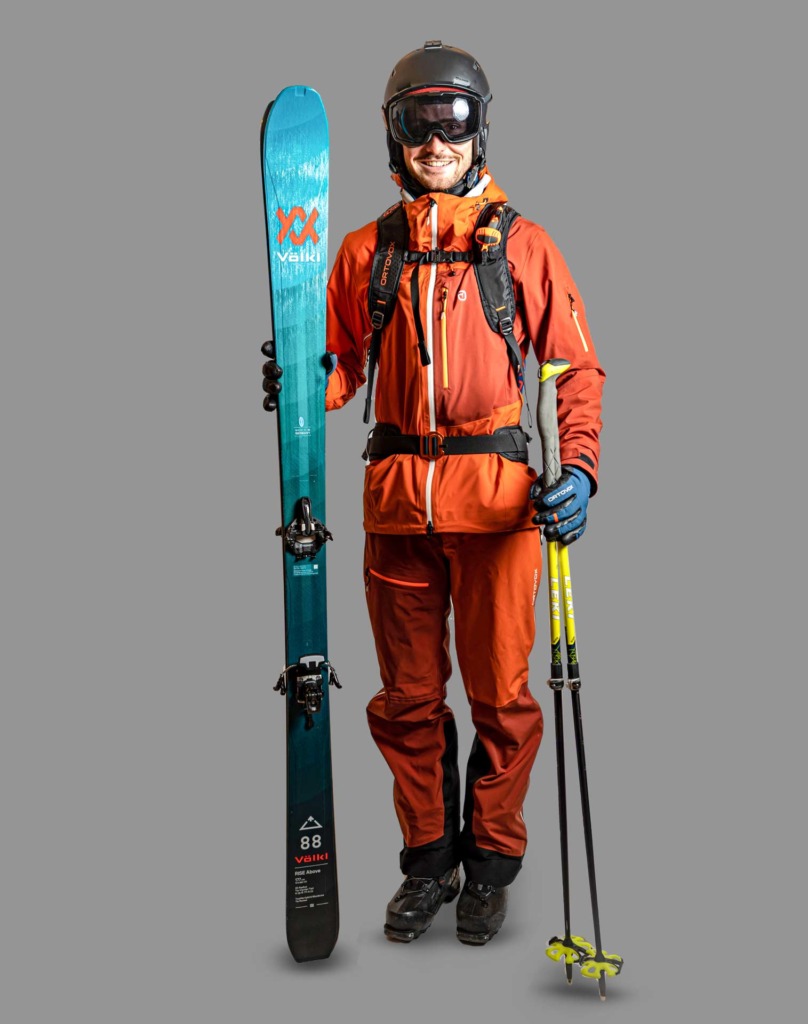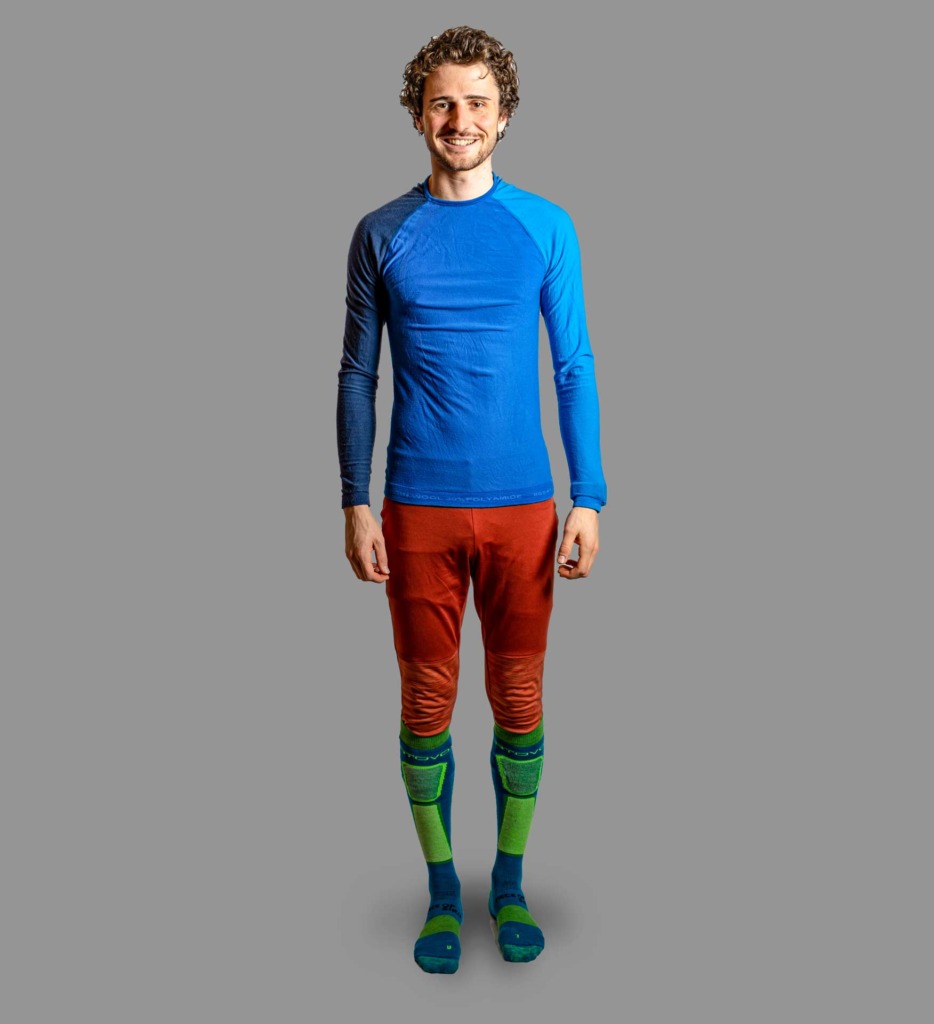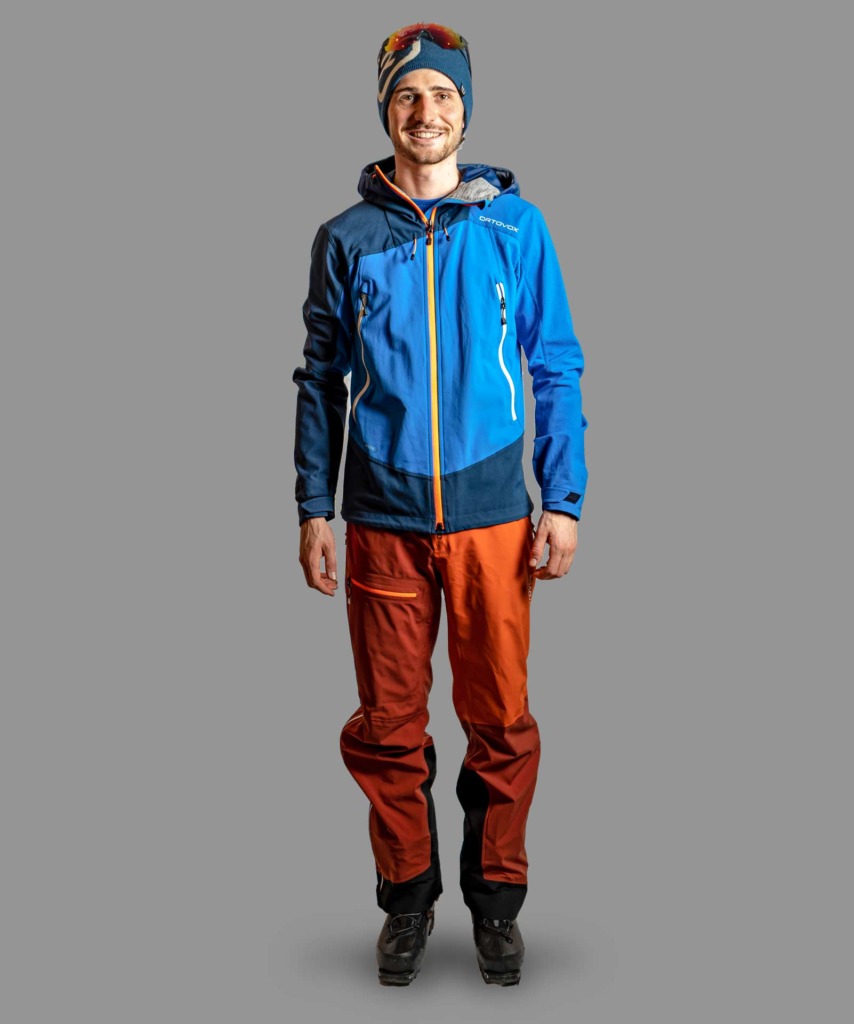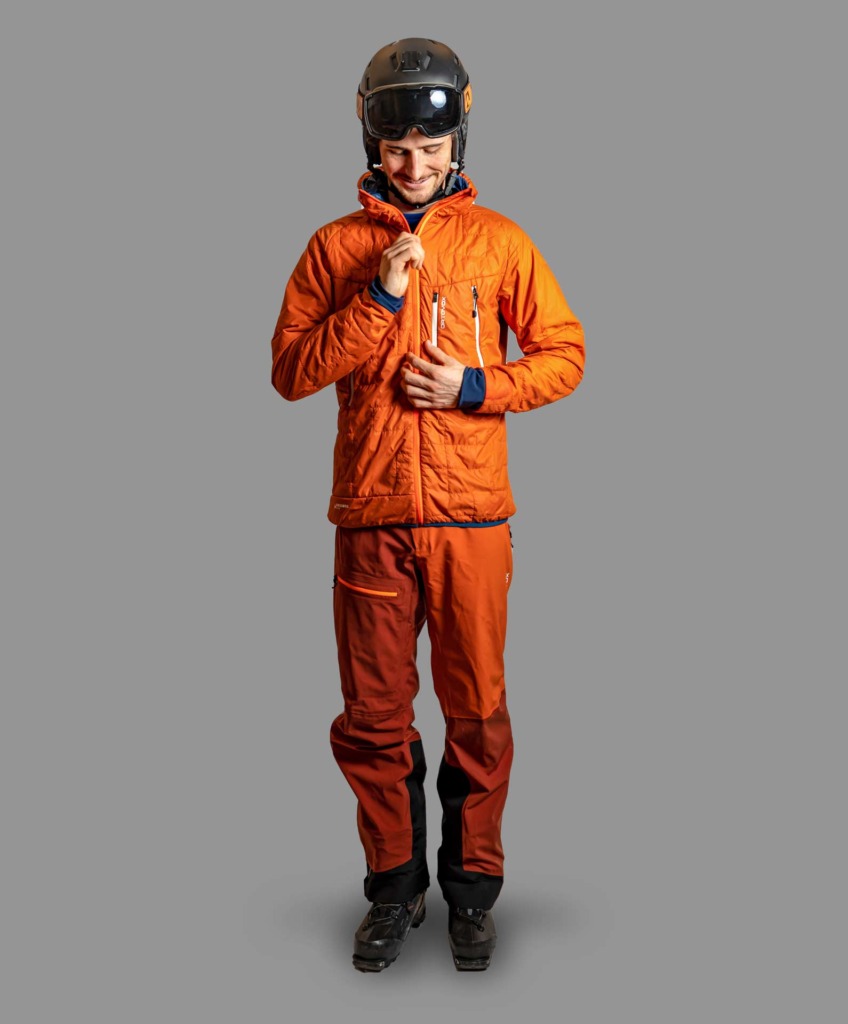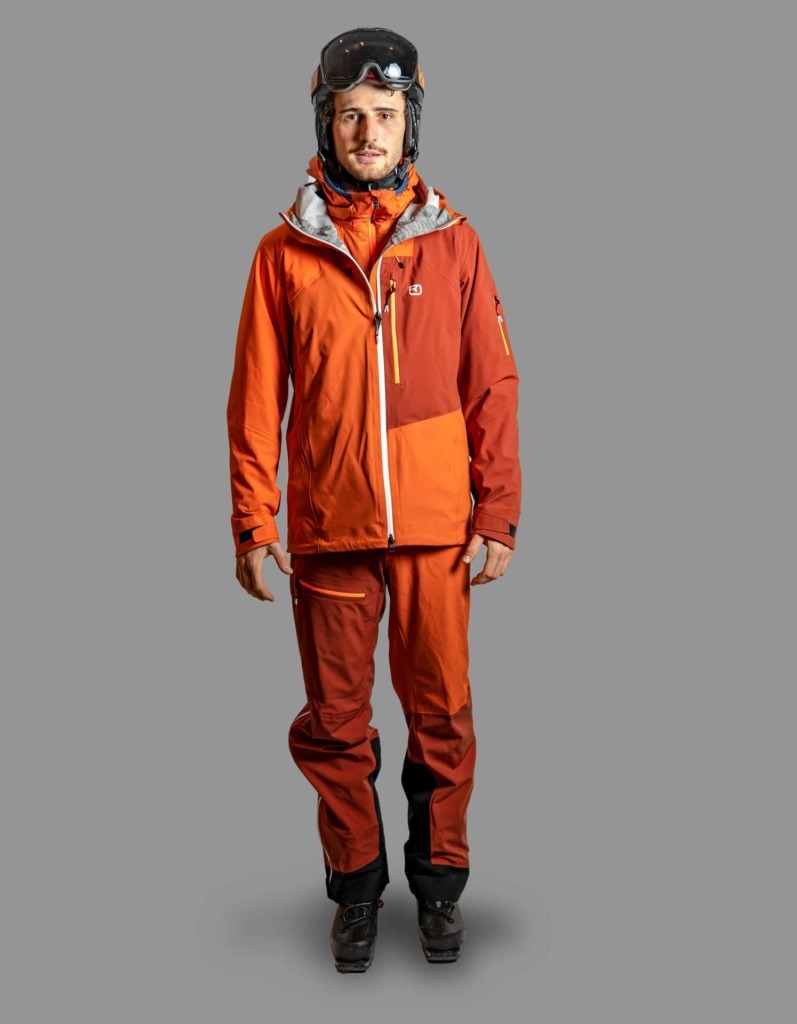Ski touring clothing – how the multi layer principle works
everything you always wanted to know about gear
how to
Ski touring skins – tips & tricks for “mounting and pulling off”
Ski touring skins tips & tricks for “mounting and pulling off” Putting on and taking off of the climbing skins should be mastered in all weather conditions. Strong winds, massive …
Ski touring skins – tips for maintenance
Ski touring skins tips for maintenance Touring skins get wet or damp, so they must be hung up at room temperature and dried after each use. Ideally, a film is …
Are you well prepared?
